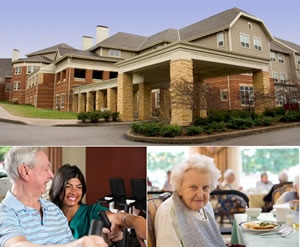Assisted Living is usually associated with senior care, but it can also be treatment care for adults who have mental illnesses. These centers provide special care, along with housing, support, and treatment under a residential setting.
Things to Consider
Oftentimes, the family makes a firm decision to recognize the need for residential care. The family might have lost control over behavior over the mentally ill or personal efforts are just not enough. Whatever reason for transmission, there are some things you need to consider when choosing an assisted living center:
- Psychiatric Needs
Not all assisted living centers specializes the treatment for certain mental illnesses. So, look for one that concentrates and specializes on your family member’s needs. You can always discuss with your health care advisor regarding their specific needs. - Location
The most preferred facility is the one nearest your home. However, mental health experts tell otherwise. They believe that the farther the home, the more progress a person can get and finding their one’s self again. - Features
It is of great importance to shop around and look for facilities as many as you can. Having more options can make way for comparison and better decision-making. Make sure to know the features of each facilities and if they can cater the specific needs of your family member. - Cost
Health insurance usually covers cost for treatment and housing in assisted living centers, while others do not. Depending on your insurance policy, you can ask them if they can provide financial assistance. If you have no insurance, you can find a rich source of referrals for affordable treatment from your State’s health centers. In special cases where mental illness is due to abuse, several government programs offer financial aid.

